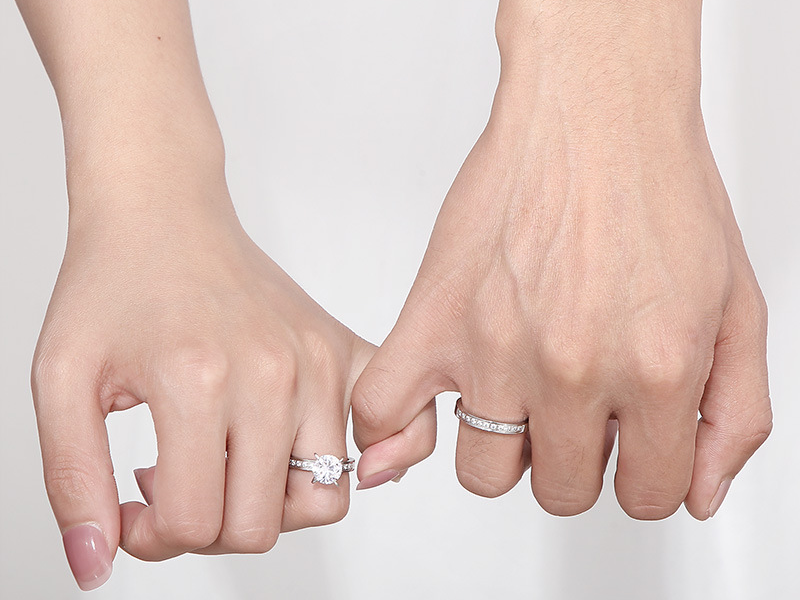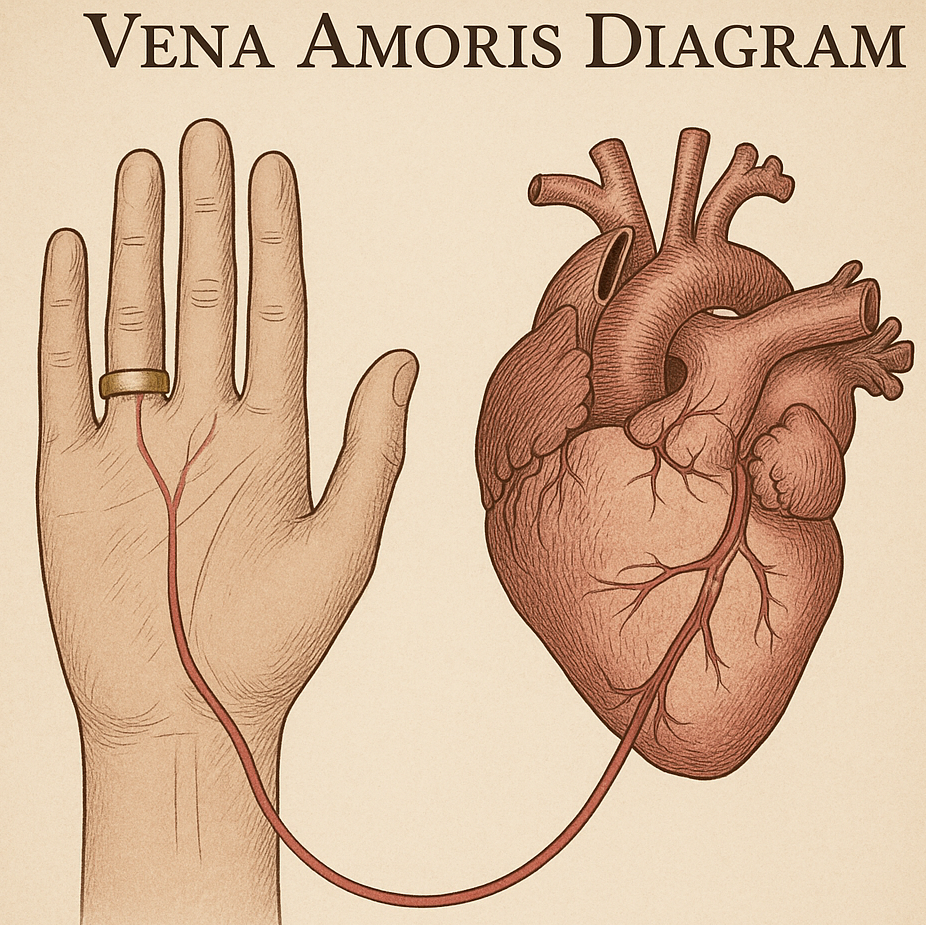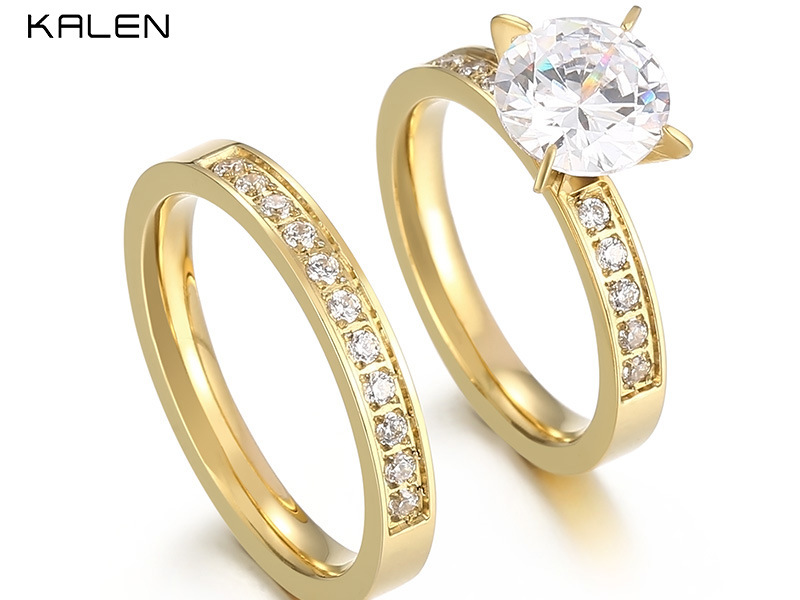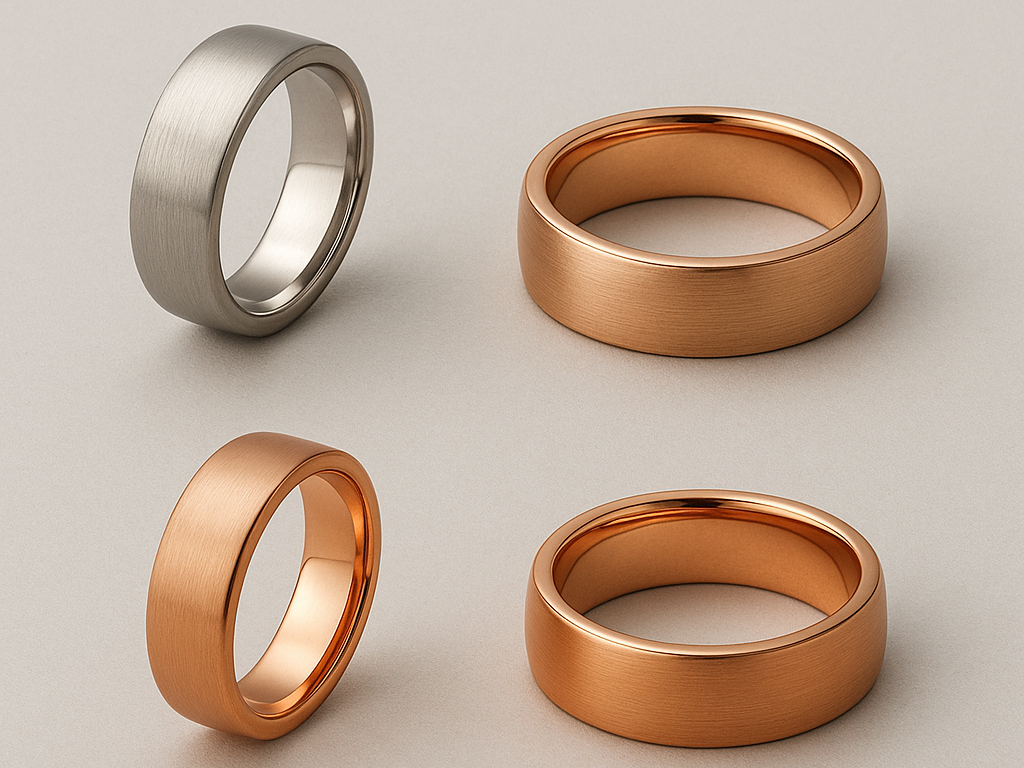
Blog
Ring Finger Meaning: How This Tradition Impacts Retail Profits?

Ring Finger Meaning: How This Tradition Impacts Retail Profits?
37% engagement ring returns stem from cultural misunderstandings - our global survey reveals key profit drain points.
The ring finger traditionally means commitment in Western cultures, worn on the left hand's fourth finger to symbolize the direct vein to the heart, though global variations significantly impact jewelry purchasing patterns.

Discover how international finger traditions directly influence your inventory strategies...
1. Western Tradition: The $22B Vena Amoris Symbolism
Ancient Roman myths about the "love vein" still drive 83% of today's engagement band sales - here's why.
| Cultural Feature | Retail Impact | Customer Demand Driver |
|---|---|---|
| Left 4th Finger | 64% wedding band placement | Historical romanticism |
| Gold Dominance | 41% premium pricing power | Sun symbol purity association |
| Heart Ad Copy | 28% conversion lift | Emotion-driven purchases |
Revenue Tip: Positioning as "direct-heart connection" boosts ASP 18%

Marketing the Historical Narrative
-
Luxury Brand Adoption
Tiffany & Co. campaigns reinforce vena amoris
Justifies $1,800+/unit price points -
Regional Symbol Strength
92% US/UK customers recognize tradition
Only 37% in Brazil value left-hand placement -
Product Line Extensions
"His & Hers" ring sets dominate 78% jewelry display
Width variations: 4-6mm men vs 2-4mm women's
Requires specialized sizing inventory
2. Global Variations: 3 Market-Specific Placement Rules
German stockists lose 29% sales if rings aren't designed for right-hand wear - crucial localization insights.
| Country | Meaningful Finger | Jewelry Sales Impact | Material Preference |
|---|---|---|---|
| Germany | Right hand 4th | Ring width demand 30% thicker | Palladium white metals |
| India | Right hand index | 4g+ heavy designs rule | 22K gold dominance |
| Russia | Right hand 4th | Floral etchings sell 76% more | Red gold preference |
Localization: Packaging must reflect cultural hand diagrams

International Inventory Strategy
-
Size Distribution
- German women: size 56-58 (EU)
- Indian men: size 24-28 (IN)
- Russian unisex: size 17.5-19.5 (RU)
-
Symbol Engravings
Mandatory market-specific motifs:- Slavic nations: Orthodox crosses
- GCC countries: Arabic calligraphy
- Avoids cultural missteps
-
Display Configuration
Window placements by meaning:- Eastern Europe: Right-side displays
- Americas: Left-positioned cases
Digital configurators show local traditions
3. Modern Evolution: Stylistic Shifts Reshaping Stock
Gen Z's multi-finger stacking trend increases units-per-purchase by 2.7X - capitalize here.
| Emerging Trend | Demographic Penetration | Production Adjustments | Margin Lift |
|---|---|---|---|
| Non-ring finger wear | 48% under 35 | Thumb-specific sizing (21-25) | 41% |
| Gender-neutral bands | 67% LGBTQ+ market | Unisex mid-range widths | 33% |
| "Divorce Rings" | 5M annual US purchases | Right-hand specific designs | 28% |
Innovation: Our convertible bands suit multiple placements
Stackable System Economics
-
Pricing Strategy
Base ring: $18-35 ASP
Stack additions: $12-22
Creates recurring revenue stream -
Design Requirements
Flat interior profiles
1.8mm thickness standard
Weight <4g per band -
Merchandising Tactics
Dedicated stack walls boost impulse buys
Curator sets drive 58% higher AOV
"Seven Fingers" concept collections
Conclusion
Ring finger meaning drives regional inventory needs - stock both traditional fourth-finger symbols and modern multi-stack designs for maximum profit.
